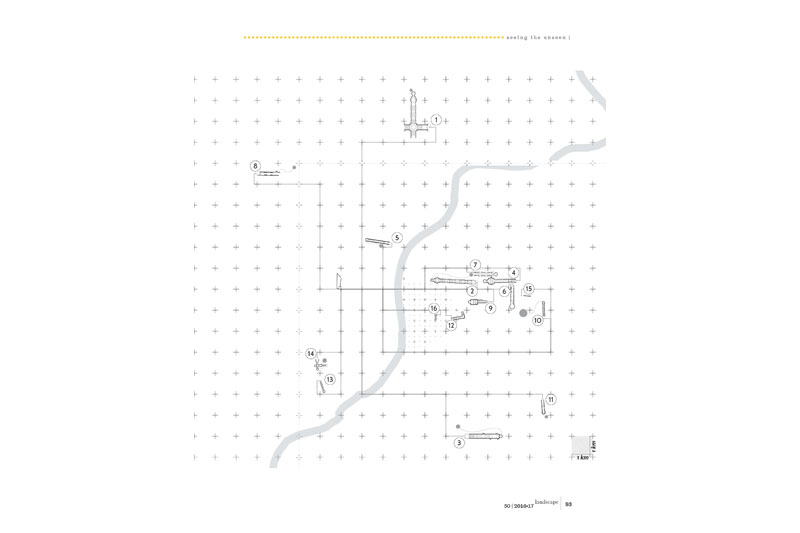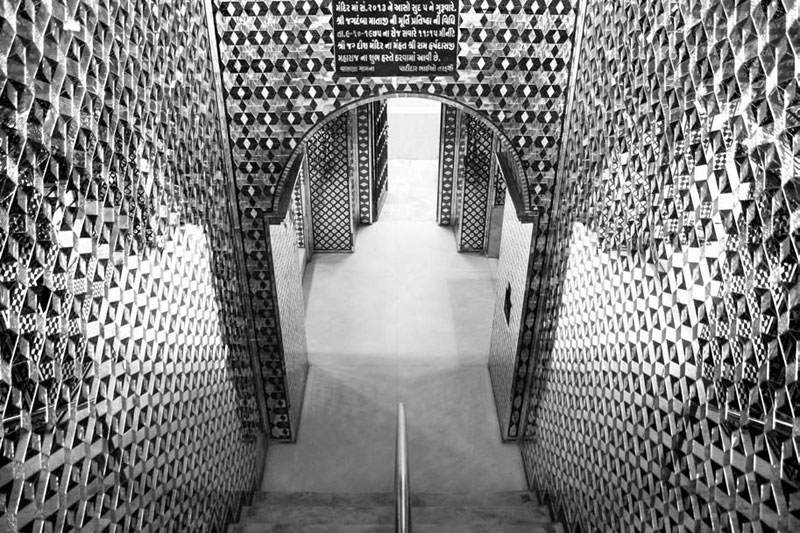Traditional Wisdom
Stepwells of Ahmedabad | A conversation on Water and Heritage |Riyaz Tayyibji
LA 50 |
|
| An exhibition on the relationship of water and heritage structured into two parts- first, the relationship between groundwater, surface water and settlement; second, the viewing of stepwells from the perspective of gender; third, how heritage is engaged with , retained and discussed in society; and fourth, the inevitable call for conservation and preservation as opposed to its integration and organic occupation. | |
|
 |
The exhibition was a collaborative effort of a diverse group of researchers, practitioners, young graduates, students and concerned citizens who documented sixteen structures, among more, that are found across the city of Ahmedabad. Initially interested in the architectural merits of these structures, the study and exhibition went on to raise questions about the larger issues of landscape, settlement pattern and social relationships to which these buildings are connected. Within this framework, a conversation on their present condition and value and the issues of 'heritage' in the context of the city were also initiated.
The exhibition was structured into four parts. The first part dealt with the relationship between surface water, ground water and settlement. In the gently undulating landscape of North Gujarat, the relationship between surface water (talavadi), percolation (soil), and ground water (vav) sources shape the pattern of settlement, and the manner in which the larger human habitat is structured. Stepwells are buildings that make this visible, while functioning to serve daily needs. While surface water is essential for agriculture, animal husbandry and rearing and human washing, this water is considered inappropriate for drinking. Typically, the talavadi is adjacent to (outside) the settlement for reasons of health and hygiene. This domain of stagnant surface water is often associated with deities, gods and goddesses that do not bode well. This is the space in which we find cremation areas (samshaan) which are placed on the edges of such water bodies. Drinking water is almost always from a ground water source - a dug well, or in the cases documented here, a stepwell (vaav). The position of the stepwell is often between the settlement and the talavadi. In the present context, observations show that where the talavadi still holds water, the well too is alive. However, where the talavadi has been filled in, or its sources blocked, the well too has dried out, suggesting a relationship between the surface water of the talavadi and the ground water of the stepwell.
|
|


|
|

|
|
|
|